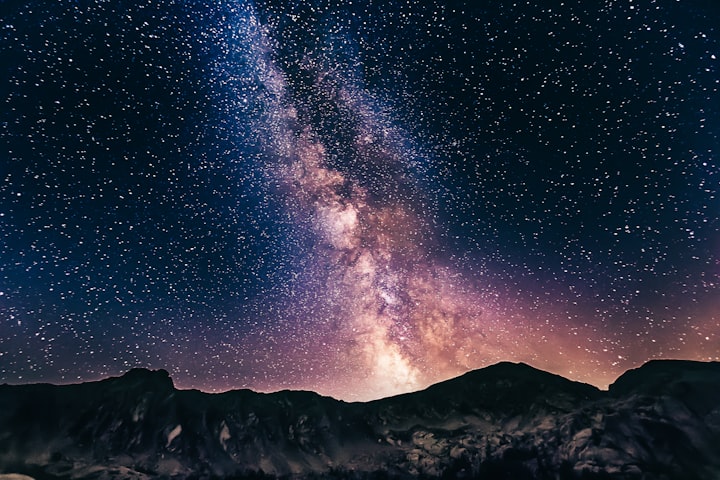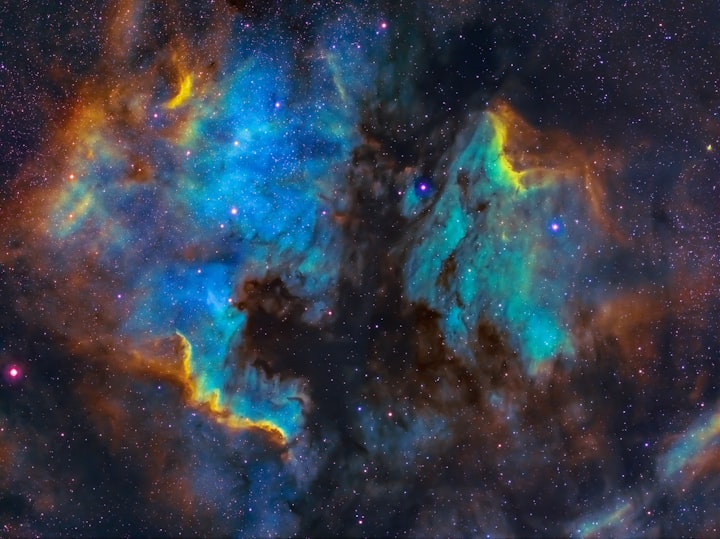
Stars are one of the most captivating objects in the universe. They are the source of light and heat that makes life on Earth possible. But have you ever wondered how stars are formed? In this article, we will explore the process of star formation and the various factors that contribute to the birth of these celestial objects.
The Birth of a Star
Stars are formed from clouds of gas and dust, known as nebulae. These clouds are typically very cold and dense, with temperatures hovering around -260 degrees Celsius. When the density of the gas and dust reaches a critical point, gravity takes over and begins to collapse the cloud inward.
As the cloud collapses, it begins to spin faster and faster, forming a flat, rotating disk around a central core. The core continues to collapse and heat up due to the pressure of gravity, eventually reaching temperatures of millions of degrees Celsius. At these temperatures, nuclear fusion begins to take place, converting hydrogen atoms into helium and releasing energy in the form of light and heat.
Once nuclear fusion begins, a protostar is formed. This is a hot, dense ball of gas that will eventually become a full-fledged star. The protostar continues to accrete material from the disk surrounding it, growing larger and hotter over time.
Factors Affecting Star Formation
Several factors can influence the process of star formation. These include:
Density of the Nebula - The denser the cloud of gas and dust, the greater the force of gravity and the more likely it is that star formation will occur.
Temperature of the Nebula - If the temperature of the nebula is too low, the gas and dust may not collapse and form a star.
Rotation of the Nebula - The rotation of the nebula is crucial in determining the formation of a star. If the nebula is not spinning, it will not form a disk, and star formation may not occur.
Magnetic Fields - Magnetic fields play a role in star formation by regulating the collapse of the nebula and influencing the rotation of the disk.
Types of Stars
There are many different types of stars, each with its own unique characteristics. Some of the most common types of stars include:
Red Dwarfs - These are the most common type of star in the universe. They are small, cool stars that burn very slowly and can live for trillions of years.
Yellow Dwarfs - Our own Sun is a yellow dwarf star. These stars are medium-sized and have a lifespan of around 10 billion years.
Blue Giants - Blue giants are massive stars that burn very hot and bright. They are short-lived, with lifespans of only a few million years.
Red Giants - These are large, cool stars that have exhausted the hydrogen in their cores and are nearing the end of their lives. They expand and become much brighter, sometimes becoming hundreds of times larger than their original size.
A short note: Stars are formed from clouds of gas and dust, known as nebulae. These clouds collapse due to the force of gravity, forming a protostar that continues to accrete material and grow in size. Several factors can influence the process of star formation, including the density and temperature of the nebula, the rotation of the nebula, and magnetic fields. There are many different types of stars, each with their own unique characteristics, including red dwarfs, yellow dwarfs, blue giants, and red giants. Understanding the process of star formation can provide valuable insight into the origins of our universe and the formation of planets and other celestial bodies.
Conclusion
The formation of stars is a complex and fascinating process that is still not fully understood. Scientists continue to study the various factors that contribute to star formation and to explore the many different types of stars that exist in the universe. By gaining a deeper understanding of how stars are formed, we can gain insight into the origins of our universe and the role that stars play in the formation of planets and other celestial bodies.
About the Creator
Michael
This writer brings characters and worlds to life with vivid descriptions and compelling narratives. They transport readers to different times and places, leaving them longing for more.






Comments
There are no comments for this story
Be the first to respond and start the conversation.